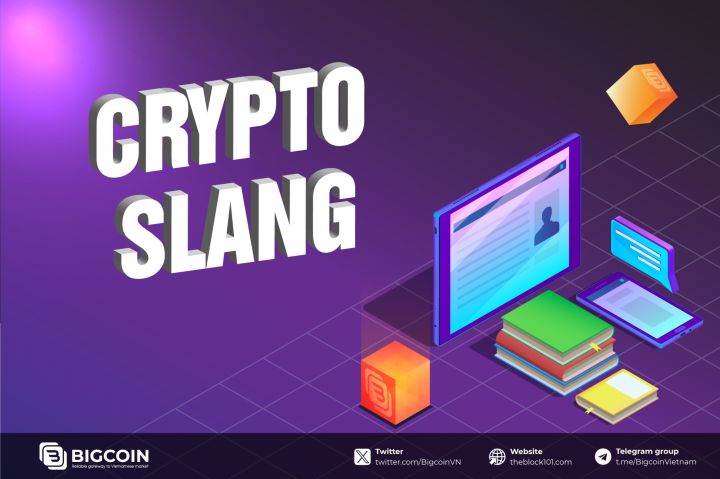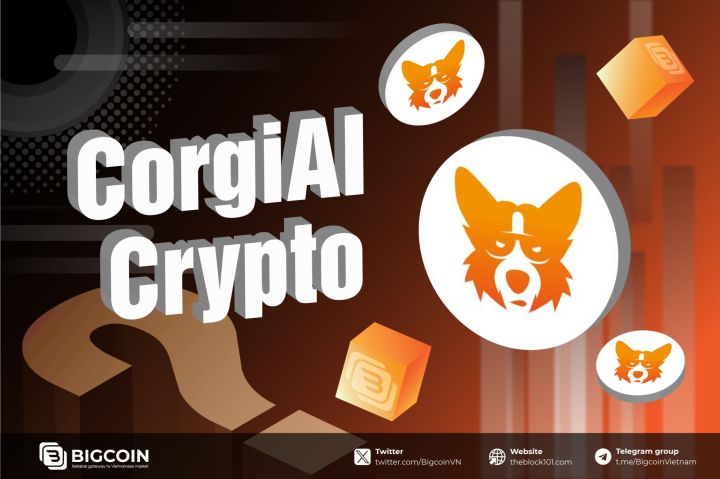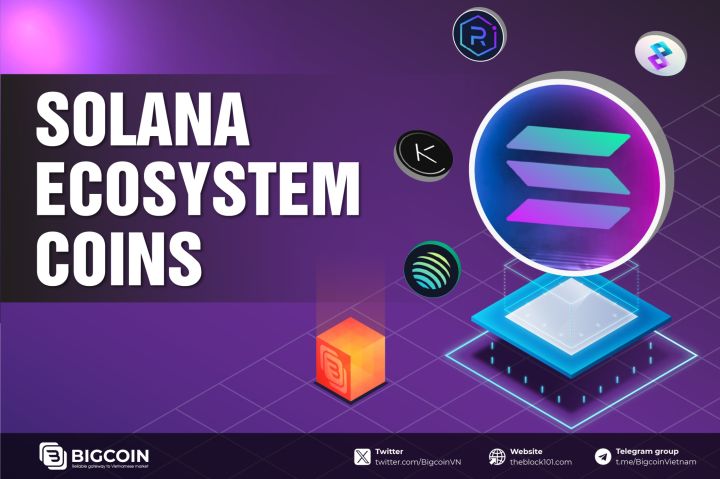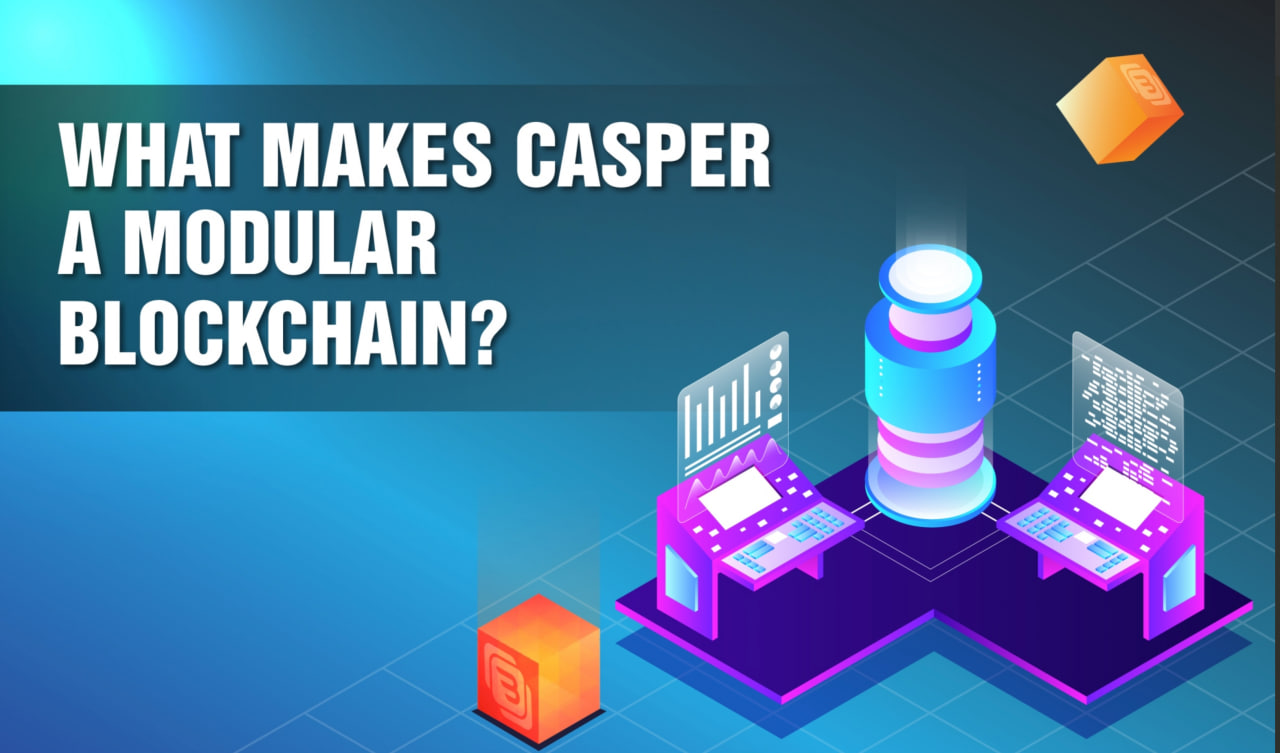
1. Understanding Modular Blockchain Architecture
To grasp why Casper is considered modular, it's essential to understand the difference between monolithic and modular blockchains.
-
Monolithic blockchains, like early versions of Ethereum and Bitcoin, bundle all major functions—consensus, execution, and data availability—into a single layer. While straightforward, this architecture suffers from scalability and flexibility limitations.
-
Modular blockchains separate these components, allowing each to be developed and optimized independently. This design improves scalability, facilitates innovation, and makes networks more adaptable to specific use cases.
2. Key Features That Make Casper Modular

2.1. Upgradeable Smart Contracts
Unlike many blockchains where smart contracts are immutable once deployed, Casper allows upgradable smart contracts at the protocol level. This is made possible through its WebAssembly (Wasm)-based execution environment and contract package system.
-
Developers can version and upgrade smart contracts without needing to redeploy them from scratch.
-
Enterprises can evolve applications over time while maintaining backward compatibility.
This upgradeability represents a core aspect of modularity, enabling components of dApps to evolve independently.
2.2. Separation of Execution and Governance
Casper separates the execution of smart contracts from its governance mechanisms. Governance is handled on-chain through a transparent and adaptable system, allowing stakeholders to vote on upgrades, fees, and other protocol changes.
-
The protocol does not require hard forks to implement upgrades.
-
Changes are modular, meaning one part of the system can be updated without affecting the rest.
This feature empowers the Casper ecosystem to evolve organically and securely, minimizing disruptions.
2.3. Consensus Mechanism Flexibility
Casper uses the Correct-by-Construction (CBC) Casper proof-of-stake consensus protocol, which is modular in its very design philosophy. CBC Casper is a family of protocols rather than a fixed one, meaning it can be adapted and extended without rewriting the entire system.
-
The consensus layer is logically separate from the application layer.
-
Future enhancements or even complete changes to the consensus mechanism are possible without rebuilding the entire blockchain.
This flexibility enables Casper to integrate future consensus innovations as the space evolves.
2.4. Wasm-Based Execution Engine
Casper's use of WebAssembly (Wasm) for executing smart contracts adds another layer of modularity. Wasm is a widely adopted standard outside the blockchain space, offering performance and portability advantages.
-
Developers can write contracts in multiple languages that compile to Wasm.
-
Execution is isolated and deterministic, reducing the risk of unexpected behavior.
This approach decouples contract development from specific virtual machine implementations, enhancing modularity and developer flexibility.
2.5. Enterprise-Grade Infrastructure and Custom Deployments
Casper is designed with enterprises in mind. It supports private, permissioned, and public deployments, all running on the same codebase.
-
Enterprises can build tailored networks that fit their needs while remaining interoperable with the Casper mainnet.
-
Features such as identity management, access control, and privacy modules can be added or removed based on use case.
This ability to customize the blockchain stack without compromising on security or performance is a hallmark of modular design.
3. Why Modularity Matters?

Casper's modular design is not just a technical achievement—it has real-world implications:
-
Future-Proofing: Protocols can evolve with changing needs, avoiding obsolescence.
-
Interoperability: Modules can integrate with other systems and blockchains more easily.
-
Enterprise Adoption: Businesses need flexible, upgradable systems that align with regulatory and operational requirements.
-
Developer Productivity: Modular systems reduce complexity and foster reusable components.
4. Conclusion
Casper is at the forefront of the modular blockchain movement. With features like upgradable smart contracts, Wasm-based execution, on-chain governance, and a flexible consensus mechanism, it demonstrates how modularity leads to scalability, resilience, and adaptability. As blockchain adoption accelerates across industries, modular architectures like Casper’s will become increasingly essential in building sustainable and future-ready systems.
By prioritizing a modular foundation, Casper not only addresses the limitations of early blockchain models but also sets a blueprint for how blockchains can evolve intelligently—without sacrificing security, decentralization, or usability.
Readmore:

 English
English Tiếng Việt
Tiếng Việt



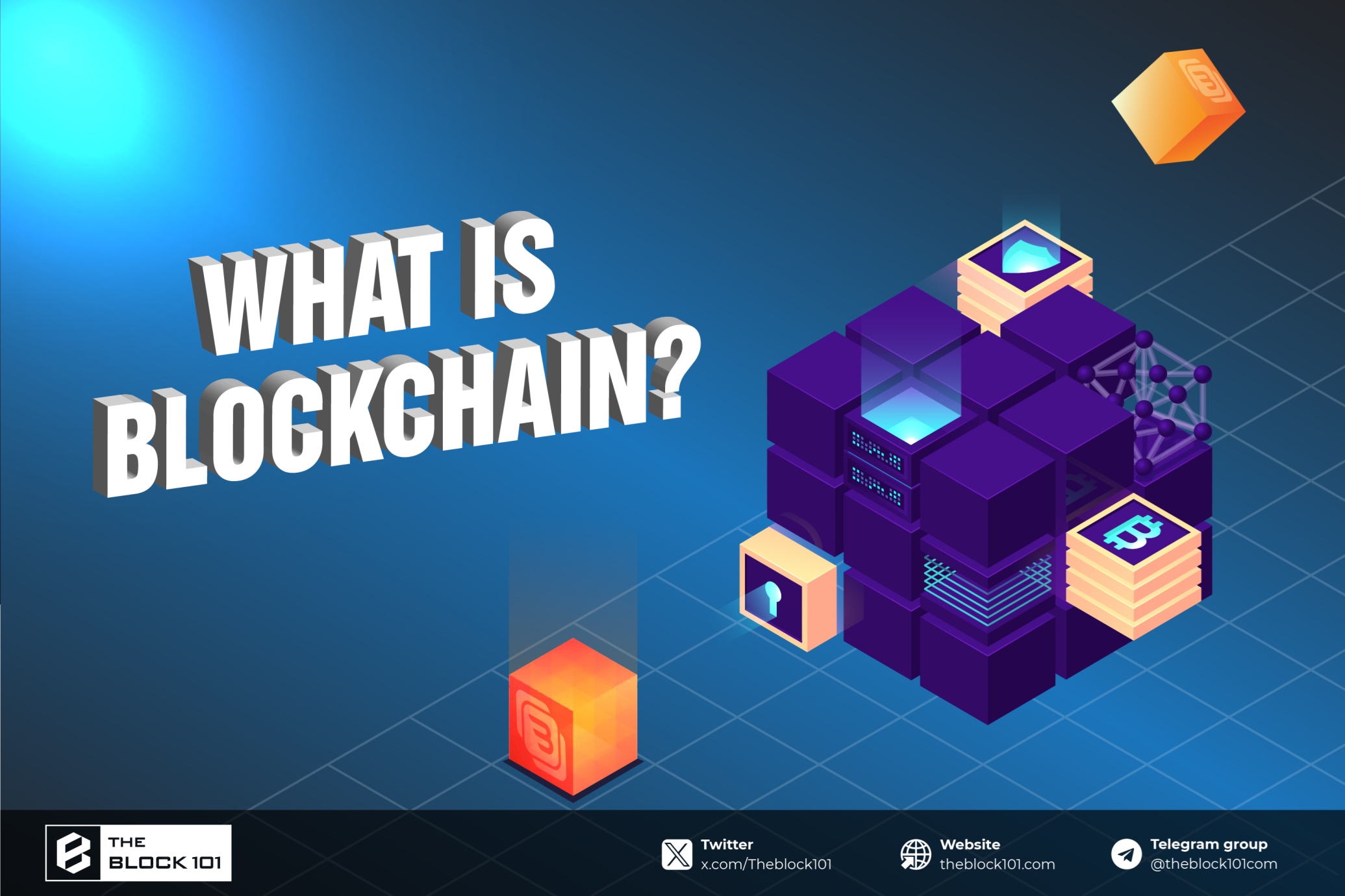






.jpg)


